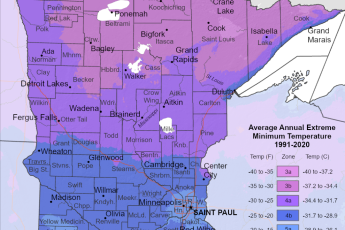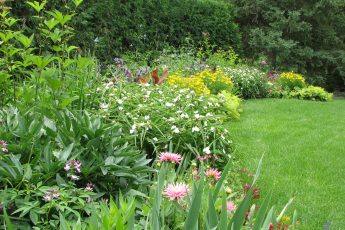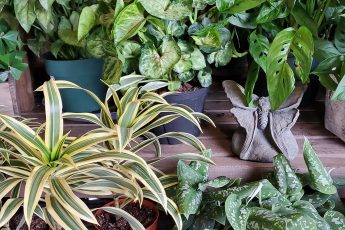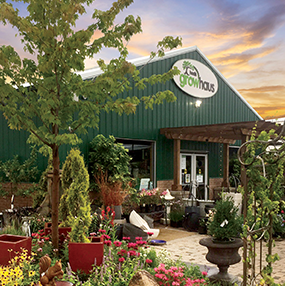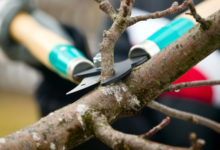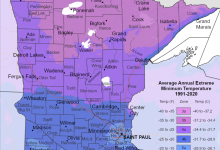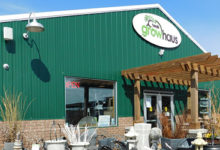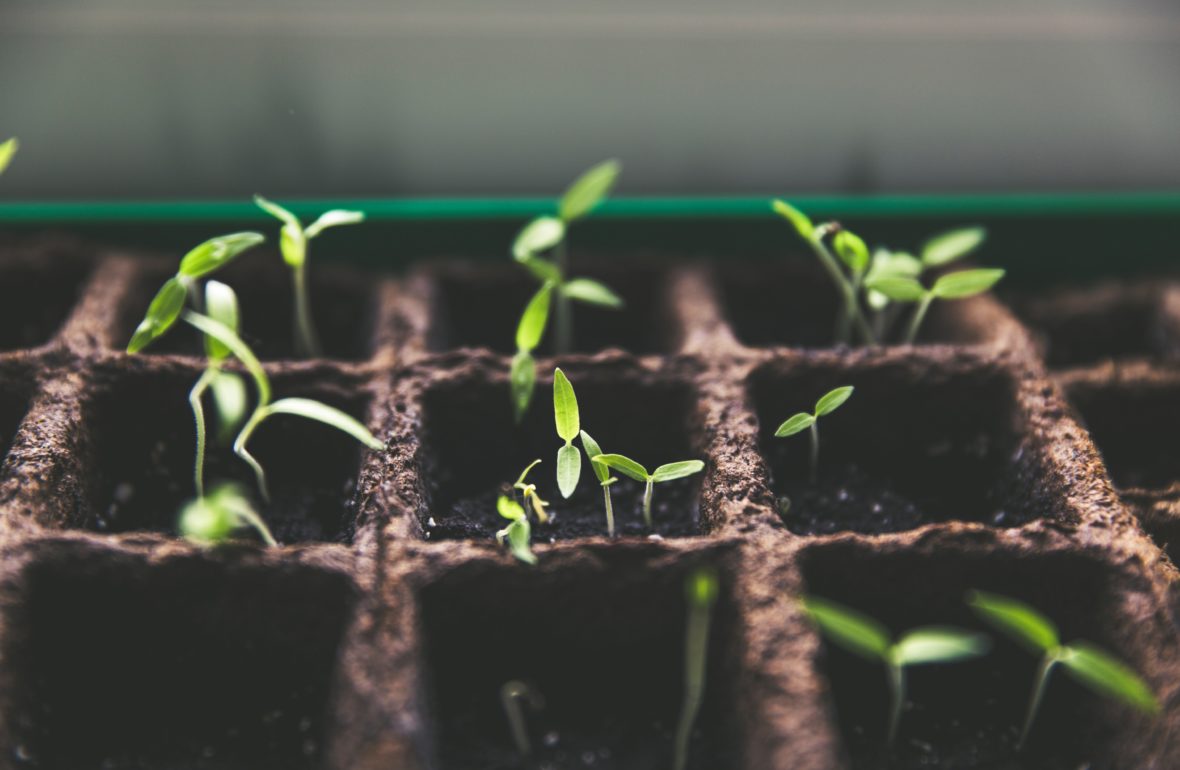
So you purchased some beautiful spring annuals from the Garden Center or started some seeds indoors and are eager to get outside and get them planted. While the sun is shining and the temperatures are on the rise, it is important to remember, we live in Minnesota. While we are all anxious to jump into spring, we should practice the patience of a gardener, carefully and cautiously when starting our gardening outdoors. A spring in Minnesota comes with unpredictable nighttime freezing temperatures, frost and even the occasional spring blizzard. To ensure a garden you will love, show your new plants some love and follow the steps to appropriately harden them off, acclimating them to their new outdoor environment.
What does “Hardening Off” mean?
Hardening off plants is the process of acclimating your plants to the outside conditions from indoors or the greenhouse they came from. Most plants purchased from a garden center are greenhouse grown in consistent 60 to 75 degree temperatures. Your new seedlings and plants are delicate, they can quickly be harmed when put outside to face the elements. Wind, drastic changing temperatures, sun and rain, can cause your plants to be shocked, potentially stunting their growth or damaging their foliage.
Hardening Off Plants Steps:
Seedlings
Seedlings started indoors usually require a greater acclimation period to the outdoors as they are generally smaller and more immature than greenhouse grown plants.
- Watch the weather, it is recommended soil temperatures reach 50 degrees before planting most new plants in the ground outdoors. Cole crops can be started outdoors when soil temperatures reach 45 degrees.
- Be mindful of your transplant date. Set a date when you’d like to plant your seedlings into your garden. Hardening off should start at least ten days before your planting date.
- Set three to four hours a day for your plants and seedlings to acclimate. Do this by placing them outside in an enclosed place of shade and shelter from the wind. As the days go by gradually increase the hours of exposure outside.
- Bring your plants back inside each night. Place them somewhere warm, whether it be a heated garage or heated patio.
- After the first three days, place your plants and seedlings in the morning sun. In the afternoon place them back into the shade as leaving them in the sun too long can scorch their leaves.
- Once temperatures consistently stay in the appropriate range during the day and overnight, your plants are able to remain outside.
- After ten days of full exposure, it is safe to transplant your plants and seedlings into the garden, remember to water thoroughly once planted.
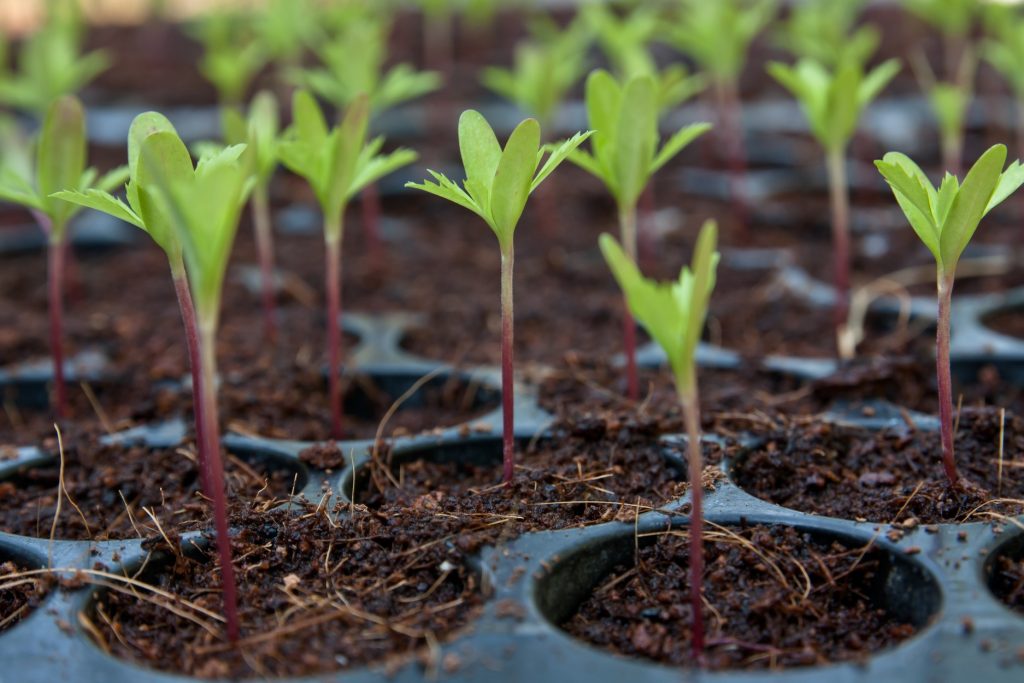
Important notes Water young plants sparingly, little roots can only drink so much. Plants in cooler, outdoor temperatures require less water. Protect your seedling from animals and other pests while outdoors.
Greenhouse Grown Annuals
Here at Heidi’s Growhaus and Lifestyle Gardens, we commit proper routine practice of hardening off our plants and timely acclimate them based on species and temperature. Average last frost in the Twin Cities area is May 15th, to ensure vigor and longevity of any annual purchased from our GuestHaus prior to that date or as Mother Nature dictates, we stress the importance of hardening them off.
- Pay attention to outdoor temperatures and know the species of plant purchased.
- Cool season annuals don’t mind a chill and can generally withstand temperatures down in the 30s.
These annuals are best grown in early spring or fall and can tolerate a light frost. - Tender annuals are best grown when temperatures are consistently above 50 degrees. These annuals can withstand lower temperatures but, may be damaged or killed by a frost.
- Tropical annuals like it hot and will not tolerate temperatures below 50 degrees. Cool temperatures can slow growth and damage foliage, killed by a frost.
- During the cool nights of spring, bring tender and tropical annuals inside.
Annual Temperature Tolerance
Below is an annual temperature tolerance guide to better understand what plants can take a light frost and what plants will only be happy when they are warm. You can find many of these different kinds of plants at our Growhaus. Our offerings are always changing, and if you have any questions regarding the care or on hardening off your plants give us a call at 763-420-2909 or email info@Bloomonmn.com
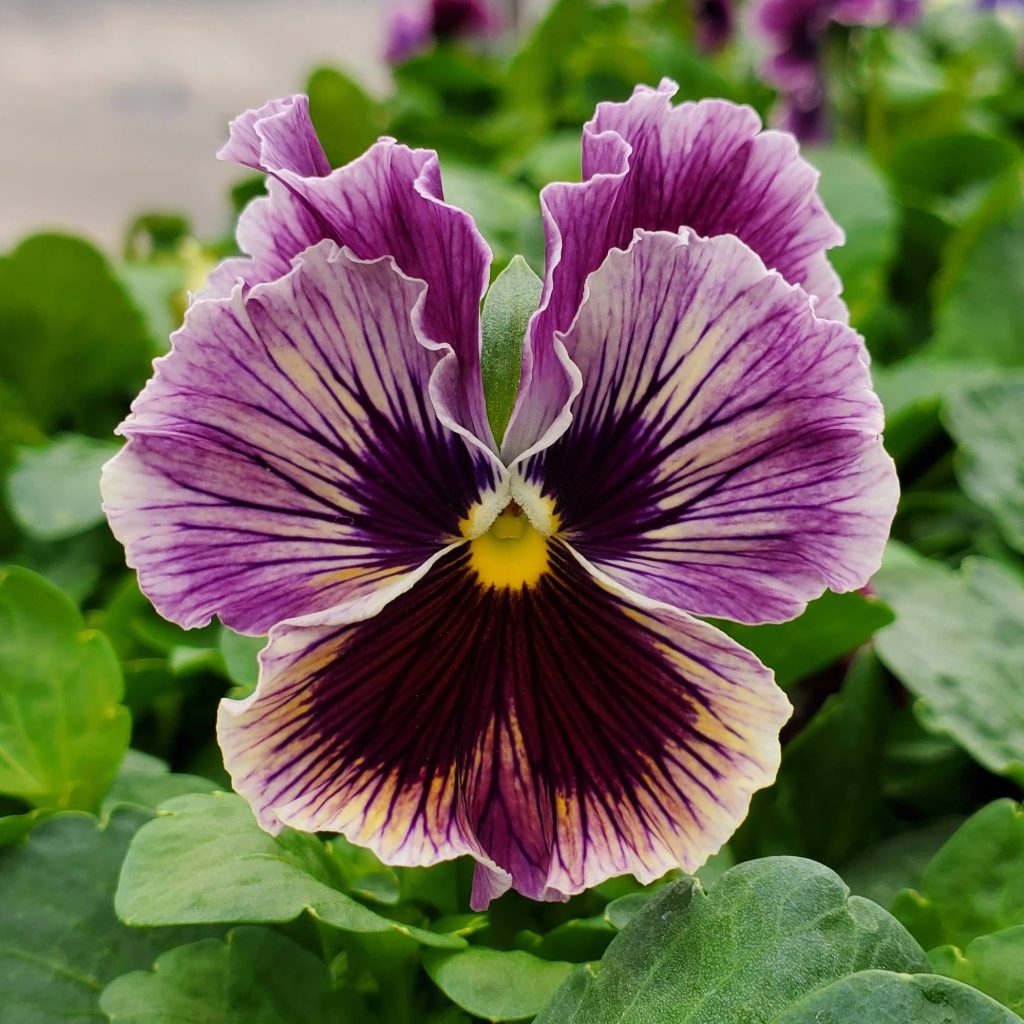
Cool Season Annuals
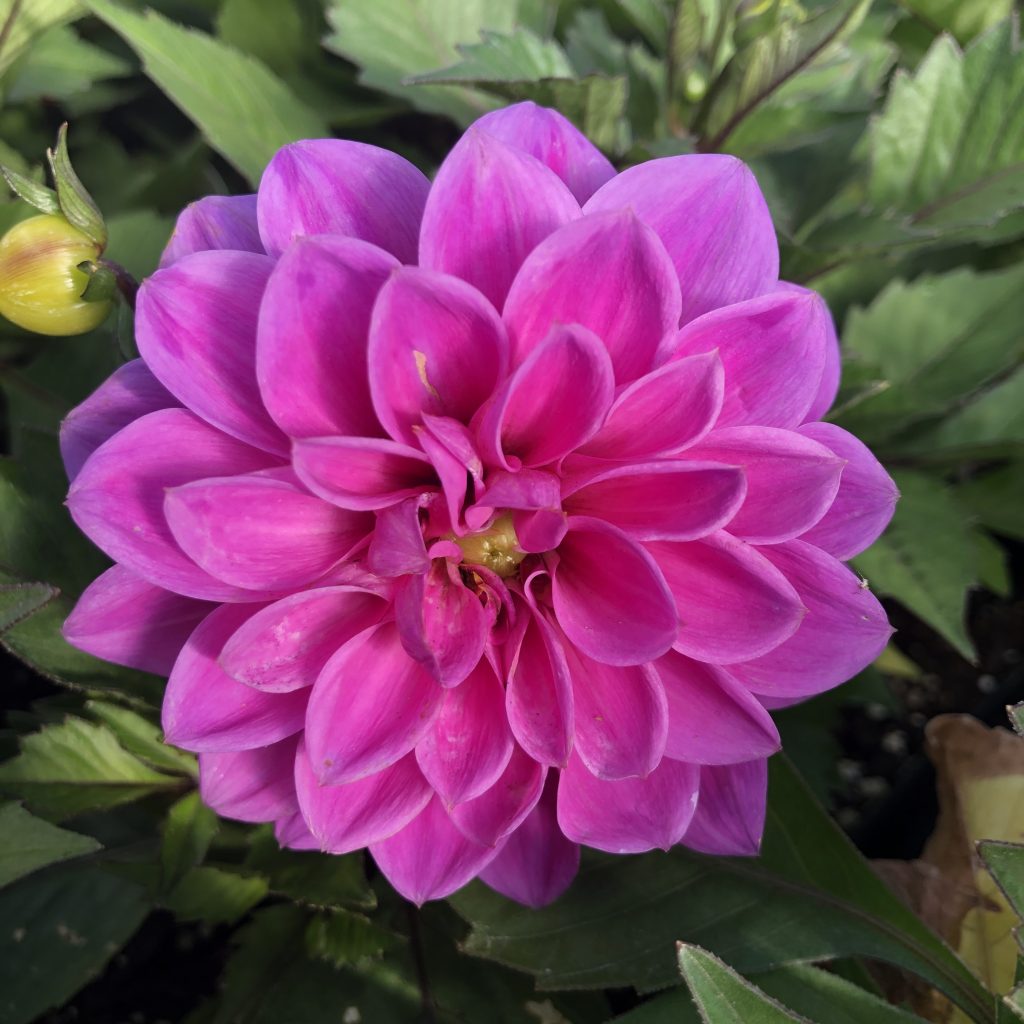
Tender Annuals
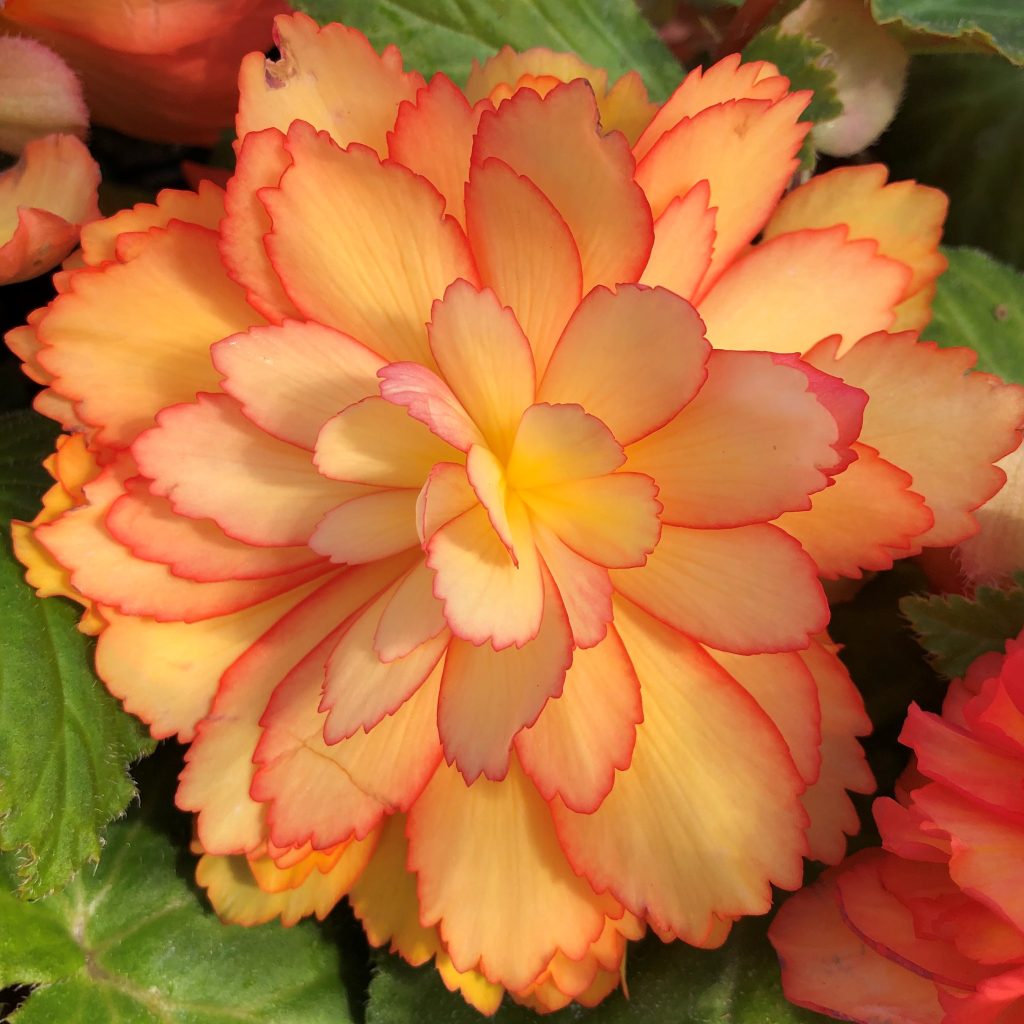
Tropical Annuals
- Cool Season Annuals
- Acorus
- Antirrhinum
- Artemisia
- Calibrachoa
- Calendula
- Carex
- Cuphea
- Daffodil
- Dianthus
- Diascisa
- Gaura
- Gazania
- Geranium
- Glechoma
- Hedera
- Juncus
- Lantana
- Lobularia
- Lysimachia
- Nemesia
- Osteospermum
- Pansy
- Petunia
- Portulaca
- Trifolium
- Tulip
- Verbena
- Viola
- Tender Annuals
- Agastache
- Argyranthemum
- Bidens
- Chlorophytum
- Cordyline
- Craspedia
- Dahlia
- Dichondra
- Digiplexis
- Dorotheanthus
- Eupatorium
- Euphorbia
- Fuschia
- Gomphrena
- Helichrysum
- Heliotrope
- Isolepis
- Jamesbrittenia
- Lobelia
- Lotus
- Mecardonia
- Oxalis
- Pentas
- Plectranthus
- Salvia
- Scaevola
- Sutera
- Torenia
- Xerochrysum
- Tropical Annuals
- Acalypha
- Ageratum
- Alternanthera
- Begonia
- Brachyscome
- Browallia
- Caladium
- Celosia
- Cissus discolor
- Coleus
- Cosmos
- Crossandra
- Dipladenia
- Draceana
- Evolvulus
- Gibiasis
- Hypoestes
- Impatiens
- Ipomea
- Iresine
- Lophospermum
- Manettia
- Pachystachys
- Ptilotus
- Senecio
- Streptocarpus
- Strobilanthes
- Tradescantia
- Thunbergia
- Vinca
We hope this guide helps you to achieve your Spring gardening goals in preparation for an amazing summer of growing! Remember we are here for all your gardening needs and essentials. We carry everything from plants, gardening equipment, pots, décor, and more!
Get outside and play!


